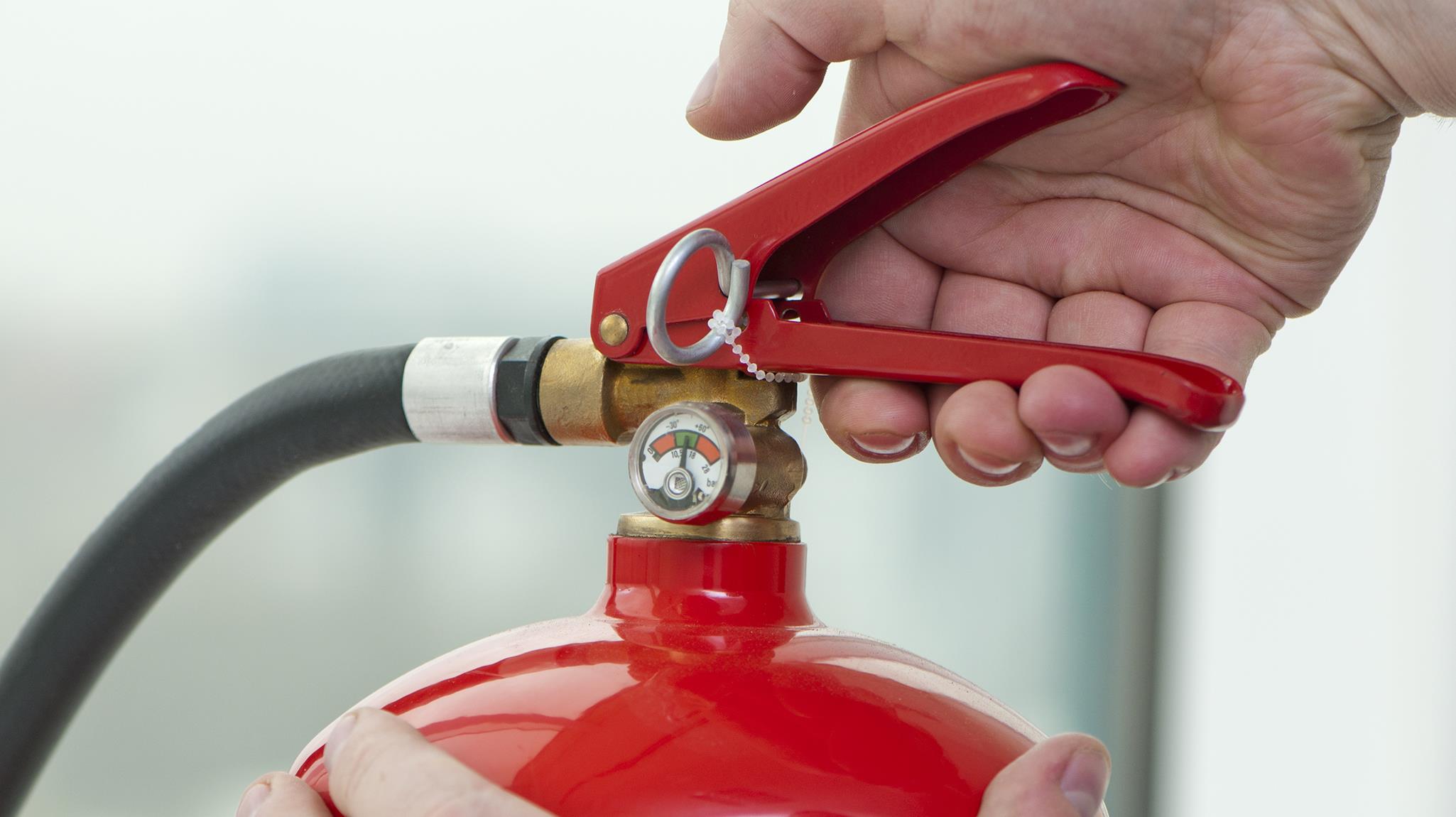Dealing With Damp and Mould
Damp is excess moisture inside your home that can build up from everyday activities (like cooking, showering and drying clothes), leaks or poor ventilation. When damp isn’t dealt with, it can lead to mould.
- What it is: When warm, moist air (from cooking, showers, drying clothes) hits a cold surface like a window or outside wall, it turns into tiny water drops.
- Where you’ll spot it: On windows in the morning, cold corners, around ceilings, behind furniture or in rooms with poor airflow.
- Why it matters: Regular condensation can lead to mould and can worsen breathing problems – so try simple steps like opening trickle vents, using extractor fans, keeping a bit of background heat and wiping away moisture.
- What it is: Moisture getting into the fabric of your home and causing damage (patches on walls, stained paint, crumbly plaster).
- Where it comes from: Water can come up from the ground (often called rising damp) or get in from outside through roofs, walls, windows or leaks.
- Why it matters: Left alone, damp spreads and can lead to mould.
- What it is: A fungus that grows on damp surfaces – black, green or white spots that can spread if the moisture stays.
- Why it appears: It usually follows condensation or leaks, especially in colder rooms or places with little air movement (behind wardrobes, on outside walls).
- Why it matters: Mould looks and smells unpleasant and can affect health and belongings.
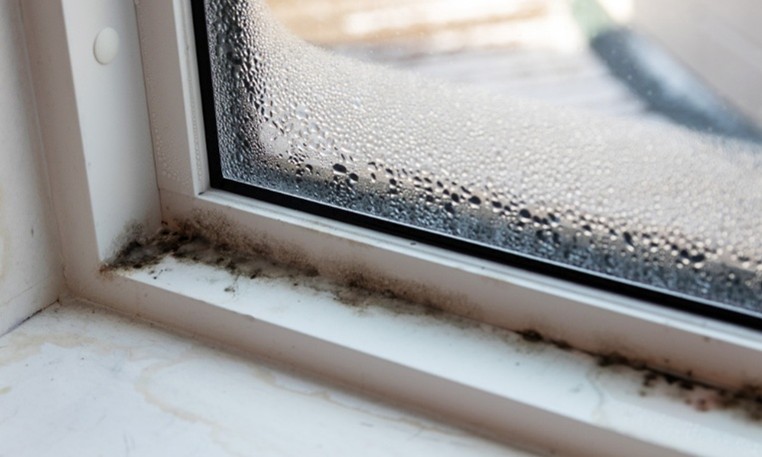
Minor Risk
When we say minor, we’re talking about small, isolated patches of mould (think a few coin-sized spots) or light condensation staining in kitchens or bathrooms, with no soft or crumbling plaster.
In most cases, you can manage this yourself safely: wipe the area with a suitable mould cleaner, keep the room aired (use extractor fans, open trickle vents, wipe away condensation), and avoid drying clothes directly on radiators.
To help, watch our short step-by-step video on “Damp & Mould” on our website (accntgrp.org/u18) and follow the simple checklist. If the mould comes back, spreads, you notice damage or a leak, or anyone in your home is vulnerable (e.g., young children, asthma), tell us straight away so we can assess it and step in.
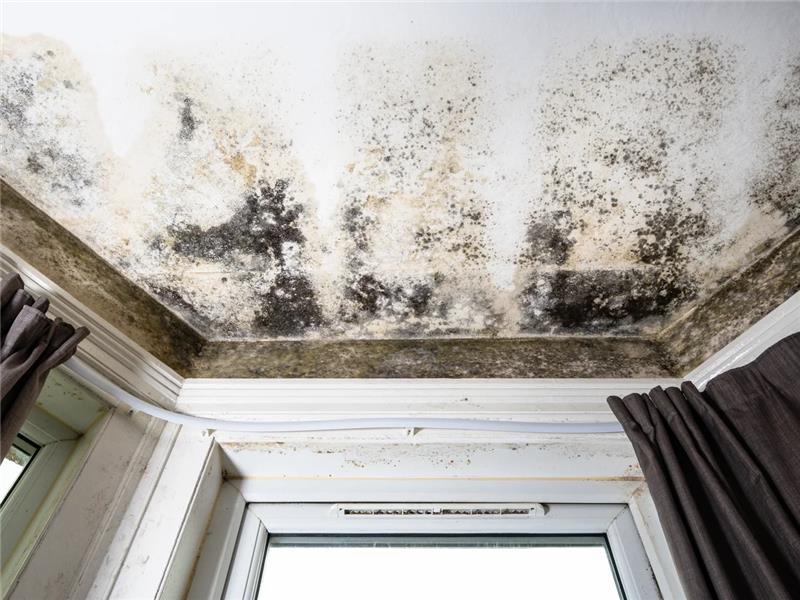
Significant risk
We’d class a significant risk as widespread black mould across ceilings/walls, spreading colonies at corners and around windows, and visible staining/decay. This indicates an ongoing moisture problem rather than a small, isolated patch. Look out for:
- The extent and spread: multiple areas or large continuous patches (not just a few dots).
- The location: bedrooms/living rooms or around windows/ceilings where you are likely to be exposed for long periods.
- Associated signs: damp staining, peeling/blown paint or plaster, musty odour – suggesting persistent moisture (e.g., leaks/poor ventilation), not a one-off condensation wipe.
Did you know, we have dedicated Property Services Coordinators that monitor and support individual damp and mould cases? They use trackers to follow each case that show the live status, severity and next actions until your issue is resolved.
Once we’ve investigated and resolved the issue, our surveyors will complete a post-completion check and a three-month follow-up to ensure everything remains resolved.
Our promise to you:
- We’ll investigate significant risks within 10 working days.
- We’ll send written findings within three working days of the investigation concluding.
- We’ll start safety works within five working days*
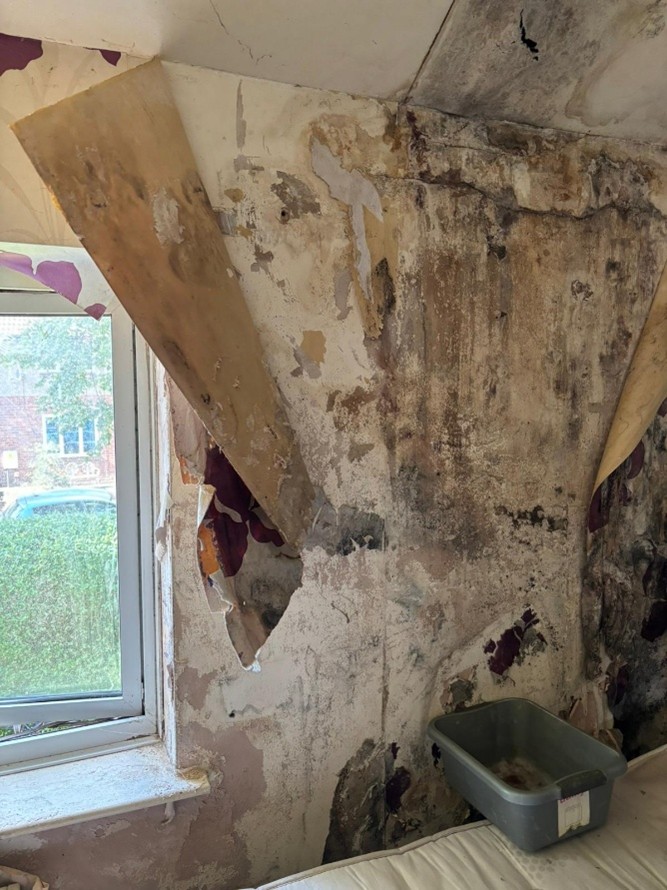
Emergency Risk
We’d class an emergency as damp or mould that’s putting your home, or the people living in your home, at risk right now. An emergency is not a routine fix – it’s an emergency because it can affect someone’s health. Look out for:
- Large or spreading mould – more than a small patch, across ceilings or several walls, or coming back quickly after cleaning.
- Wet walls/ceilings or bulging plaster – signs of a leak inside the home or water getting in from outside.
- Damp near electrics – mould, staining or moisture around sockets, light fittings or your fuse box.
- Anyone vulnerable being affected – babies or young children, someone pregnant, over 65, or anyone with asthma, breathing issues or reduced immunity.
Our promise to you:
- We'll investigate and carry out the safety work needed to make your home safe within 24 hours.
- After making your home safe, we'll give you a written summary of the investigation within three working days of it concluding.
- We’ll aim to start any further remedial works within five working days*
We’ve produced a handy damp and mould guide with more information to help you deal with any issues in your home.
If you believe you have damp and mould in your home, call 0345 678 0555 and ask for our Technical Hub.
*12 weeks maximum for complex issues that we’re unable to start sooner.
How can I reduce damp, mould and condensation in my home?
As well as letting us know about your issues, you can also try some of the following tips to improve things in the meantime:
- open windows when bathing and cooking to let steam escape
- keep boiling pans covered
- wipe moisture off surfaces
- try to dry clothes outside, or in a well-ventilated room if this isn’t possible
- keep trickle vents open (narrow vents at the top of some windows) if you have them
- never block air vents.
Watch our handy video to find out more.
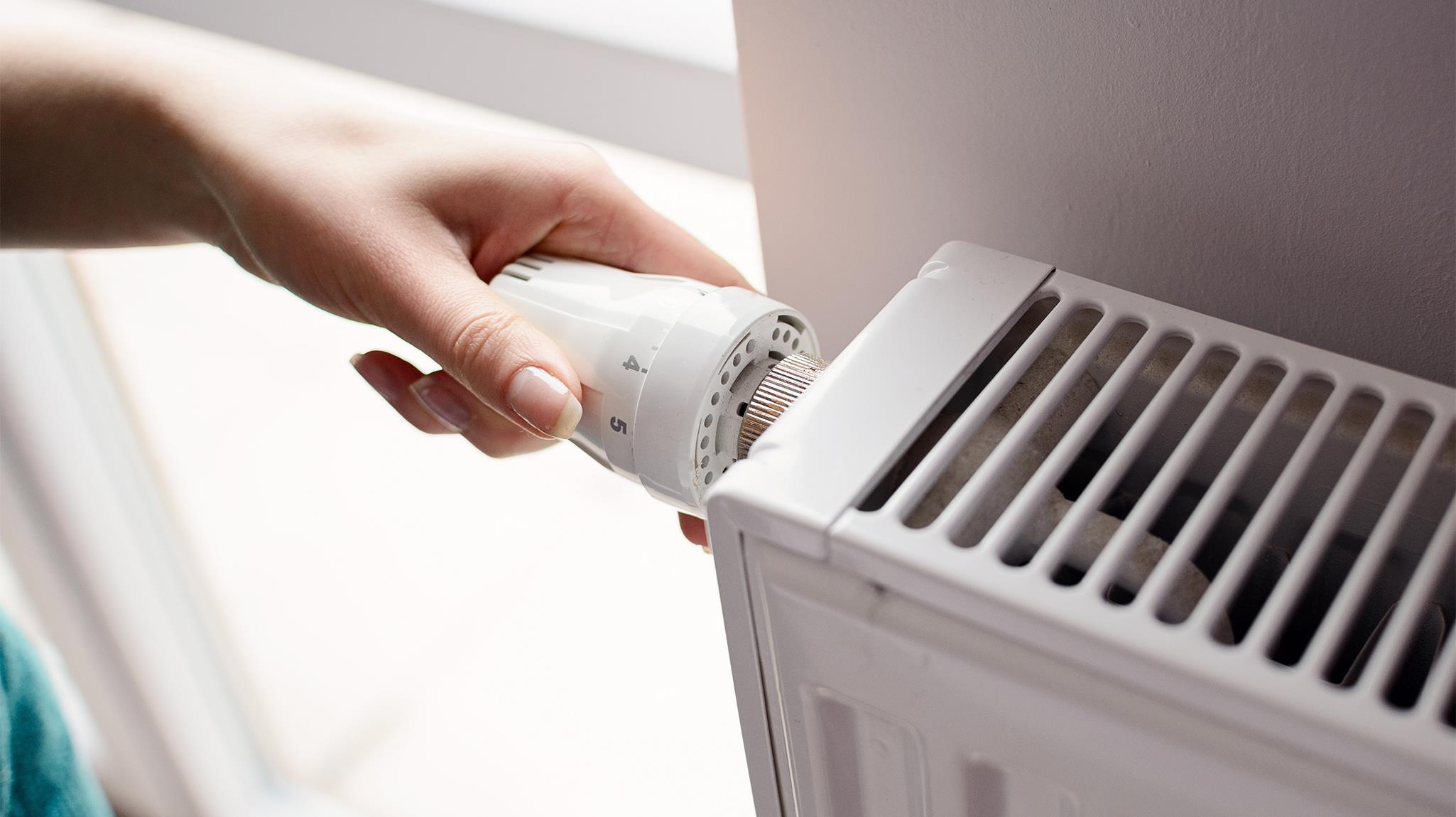
Keeping your home warm
One way to stop excess moisture from forming is to keep your home warm. However, if you’re worried about the cost of heating your home and would like help with budgeting or managing your money, we’re here to help.
Never use bottled gas or paraffin to heat your home. They also create a lot of moisture, which is a serious health and safety risk and a breach of your tenancy.




